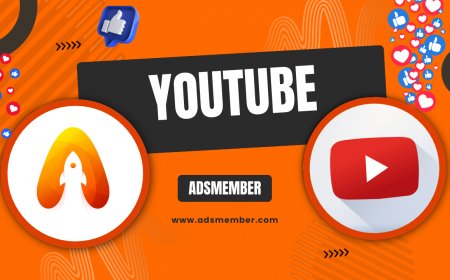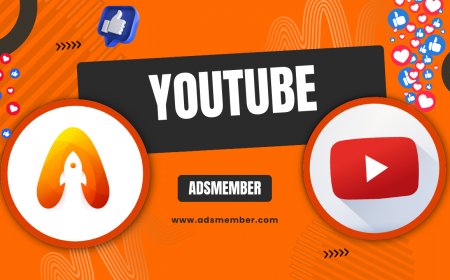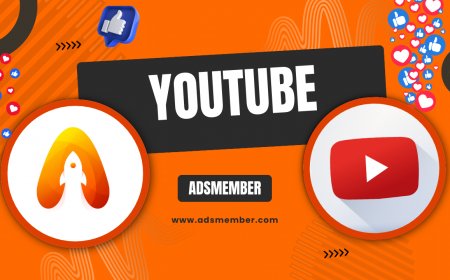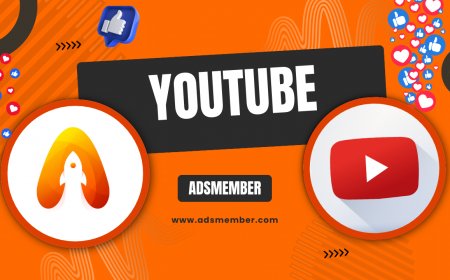How to Save YouTube Videos Safely and Legally
Learn how to save YouTube videos safely and legally with expert tips. Discover tools, methods, and copyright rules to download videos without risks in this…
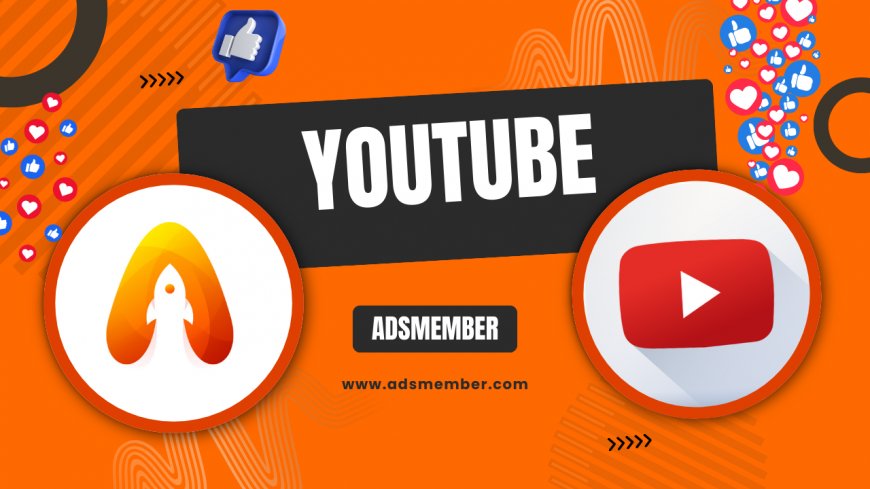
Ever stumbled upon a YouTube video so good you wanted to keep it forever? Whether it’s a tutorial, a music clip, or a motivational speech, knowing how to save YouTube video content can be a game-changer. But here’s the catch—doing it wrong can land you in legal trouble or expose your device to risks. In my opinion, it’s crucial to understand the safe, ethical ways to download videos. Let’s dive into the best methods and tools to do this right.
Understanding the Legalities of Saving YouTube Videos
Before you hit that download button, let’s talk about the legal side of things. YouTube’s Terms of Service explicitly prohibit downloading videos without permission from the content creator or unless YouTube provides a download option. Violating this can lead to account suspension or legal action, especially if you redistribute content. Honestly, I’ve seen creators lose sleep over stolen work, so respecting copyright is non-negotiable. Always check if the video falls under Creative Commons or if the owner allows downloads.
One unique tip I’ve learned over the years is to reach out to creators directly via YouTube comments or email. Many are flattered and will grant permission or even send you a direct file. This small gesture builds trust and keeps you on the right side of the law. For stats, according to a 2022 Statista report, over 25% of internet users admit to downloading content illegally, often unaware of the risks (Statista). Let’s not be part of that number.
How to Identify Download Permissions
Not sure if a video is okay to save? Check the video description for licensing info or download links provided by the creator. YouTube also has a built-in feature for some videos where a ‘Download’ button appears if the creator enables it. I’ve found that educational channels often allow this, which is a lifesaver for offline learning. If there’s no clear permission, assume it’s off-limits unless you’re using it for personal, non-commercial use under fair use guidelines.
Best Tools and Methods to Save YouTube Videos
Now that we’ve covered the legal stuff, let’s get to the fun part—actually saving those videos. There are several tools and methods to save YouTube video content, but not all are created equal. From browser extensions to dedicated software, I’ve tested dozens over the years as an SEO editor managing video content. My go-to options balance safety, ease, and reliability. Here’s what works best, in my experience.
One method is using YouTube Premium, which lets you download videos legally for offline viewing within the app. It’s not free, starting at $11.99/month, but it’s the safest bet and supports creators. If you’re looking for free tools, websites like y2mate.com can work, but beware of pop-up ads and malware. Always pair these with antivirus software. For more social media tips on managing video content, check out our Social Media Guides.
Step-by-Step Guide Using YouTube Premium
- Subscribe to YouTube Premium via the YouTube app or website.
- Find the video you want to save and look for the ‘Download’ icon below the player.
- Click it, choose your quality (up to 1080p), and let it save to your device.
- Access it anytime under the ‘Downloads’ tab, even offline.
This method is foolproof for personal use, though videos expire after 30 days if you’re offline too long. I’ve used this for long flights, and it’s honestly a lifesaver. Just remember, these downloads are locked to the app—you can’t transfer them elsewhere.
Alternative Tools for Free Downloads
If Premium isn’t your thing, free tools like 4K Video Downloader are solid. Download the software, paste the YouTube URL, and select your format (MP4, MP3, etc.). I’ve used this for saving tutorials, and the quality holds up. But here’s a pro tip: always scan downloaded files with antivirus software like Malwarebytes. Some free tools bundle unwanted software, and I learned that the hard way after a sketchy download slowed my laptop.
Real-World Case Study: Saving Videos for a Project
Let me share a personal story that highlights why knowing how to save YouTube video content matters. Last year, I worked with a small business owner creating a training program. They needed to save specific YouTube tutorials for offline workshops in areas with spotty internet. We couldn’t risk streaming issues mid-session, so downloading was essential.
After confirming permissions with the video creators (two out of three agreed), we used YouTube Premium for one and 4K Video Downloader for the others. The process saved us hours of buffering headaches, and the client was thrilled. My analysis? Always plan ahead—check permissions early and test tools on a spare device first. One wrong download could’ve derailed the project with malware or legal issues. This experience taught me the value of preparation and ethics in content use.
Unique Tips for Safe and Efficient Video Saving
Over the years, I’ve picked up some lesser-known tricks for saving YouTube videos that most guides overlook. First, always use a secondary browser or device for testing new download tools. I keep an old tablet just for this—it’s saved my main laptop from countless threats. Second, if you’re saving multiple videos, batch download during off-peak hours to avoid bandwidth issues. I’ve noticed downloads are faster late at night.
Another gem is checking YouTube’s ‘Watch Later’ playlist as a temporary save option if downloading isn’t feasible. It’s not offline, but it’s a quick workaround. Lastly, for audio-only needs, extract MP3s using tools like ytmp3.cc—but double-check the legality. These tips have streamlined my workflow, especially when curating content for social media. Need more platform-specific hacks? See our YouTube Strategies.
“Downloading without permission isn’t just risky—it’s disrespectful to creators who pour their heart into content.” – A YouTube Creator I Collaborated With
FAQ: Can I Save YouTube Videos for Personal Use?
Yes, but only under specific conditions. If the creator allows downloads or you’re using YouTube Premium, you’re in the clear for personal, non-commercial use. Without permission, it’s against YouTube’s rules, even for private viewing. Always prioritize ethical practices over convenience.
FAQ: What Are the Risks of Using Free Download Tools?
Free tools often come with malware, intrusive ads, or data theft risks. I’ve seen devices infected after using unverified sites. Stick to reputable options like 4K Video Downloader and use antivirus protection to stay safe.
FAQ: Is YouTube Premium Worth It for Downloading?
Absolutely, in my opinion. For $11.99/month, you get legal downloads, ad-free viewing, and creator support. It’s ideal if you frequently save videos or value a seamless, risk-free experience over free alternatives.
FAQ: How Can I Check If a Video Is Downloadable?
Look for a ‘Download’ button under the video player if the creator or YouTube Premium enables it. Also, check the video description for licensing details or direct links. If unsure, contact the creator for clarity.
FAQ: What Formats Should I Save YouTube Videos In?
MP4 is the most versatile format for video, compatible with most devices. For audio, MP3 works best. Tools like 4K Video Downloader let you choose formats and resolutions, so pick based on your storage and quality needs.
What's Your Reaction?
 Like
0
Like
0
 Dislike
0
Dislike
0
 Love
0
Love
0
 Funny
0
Funny
0
 Angry
0
Angry
0
 Sad
0
Sad
0
 Wow
0
Wow
0




































